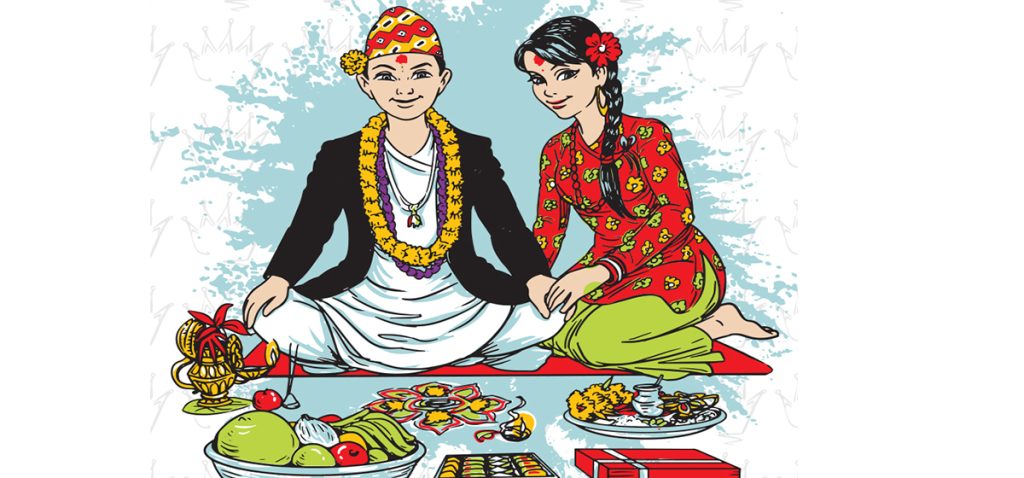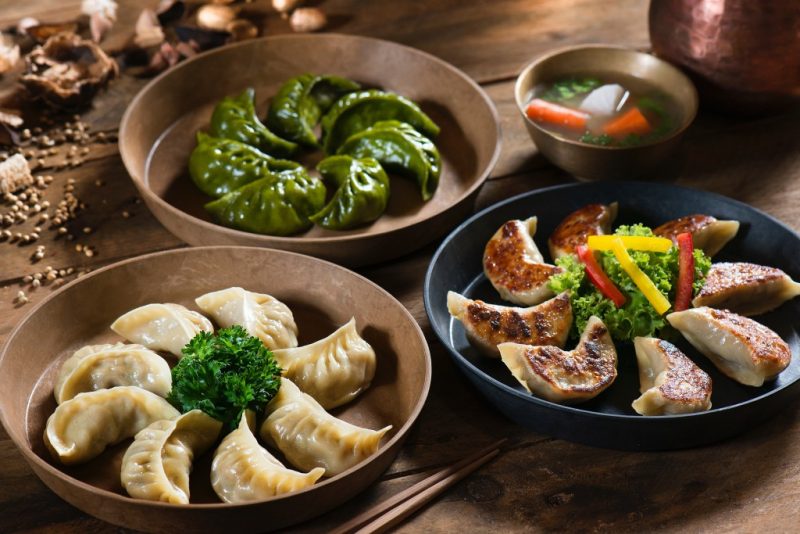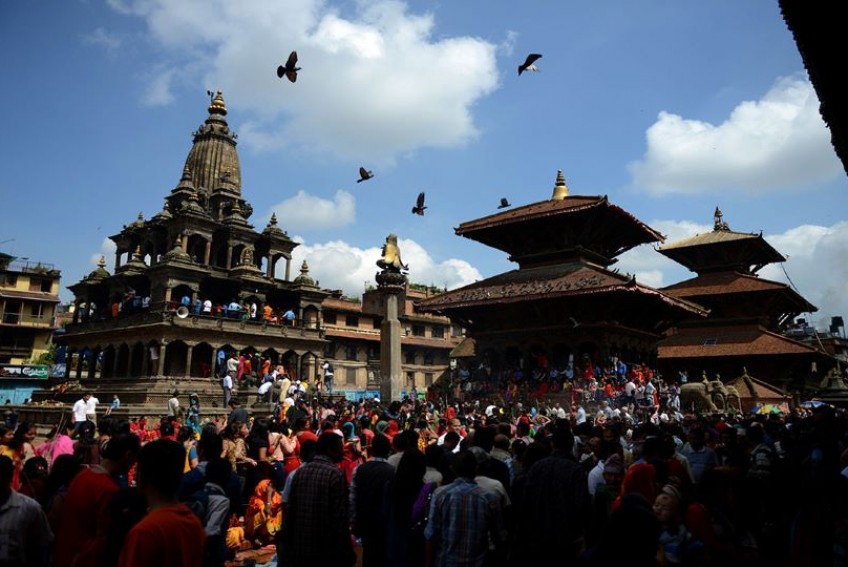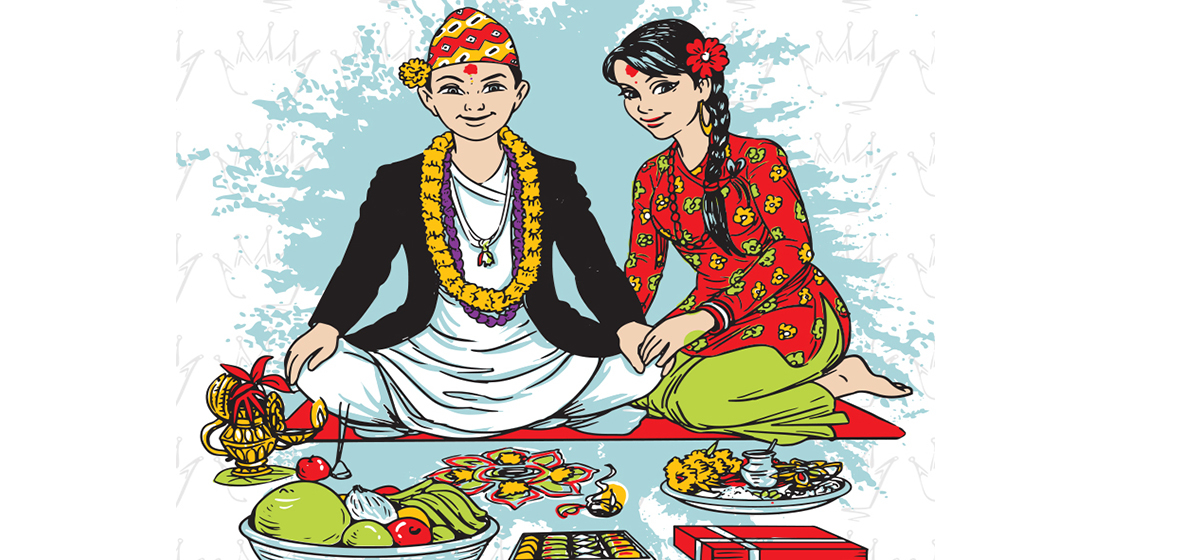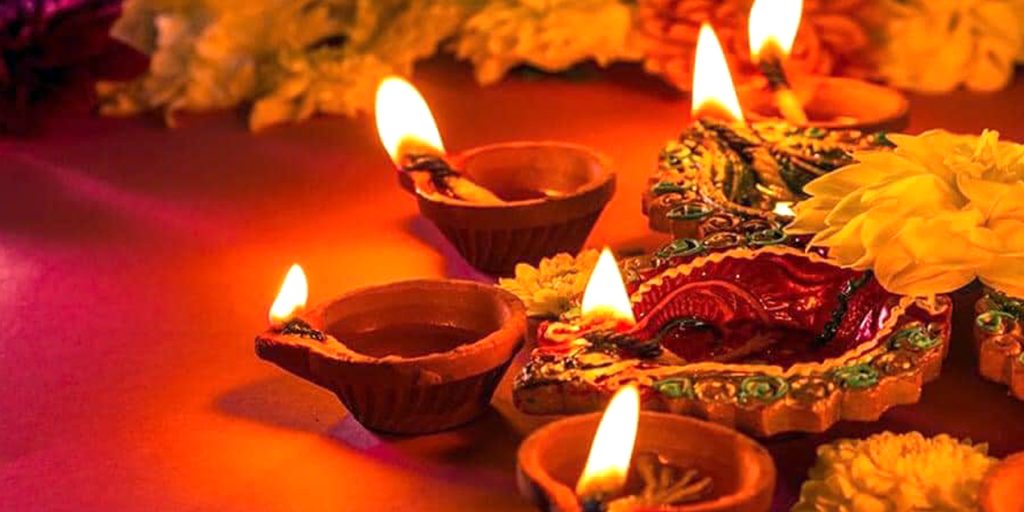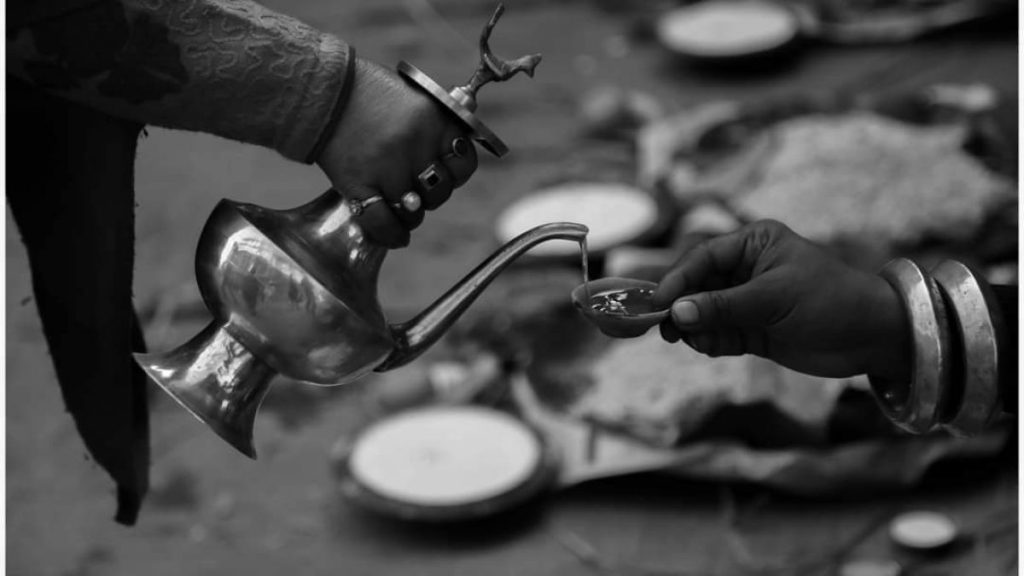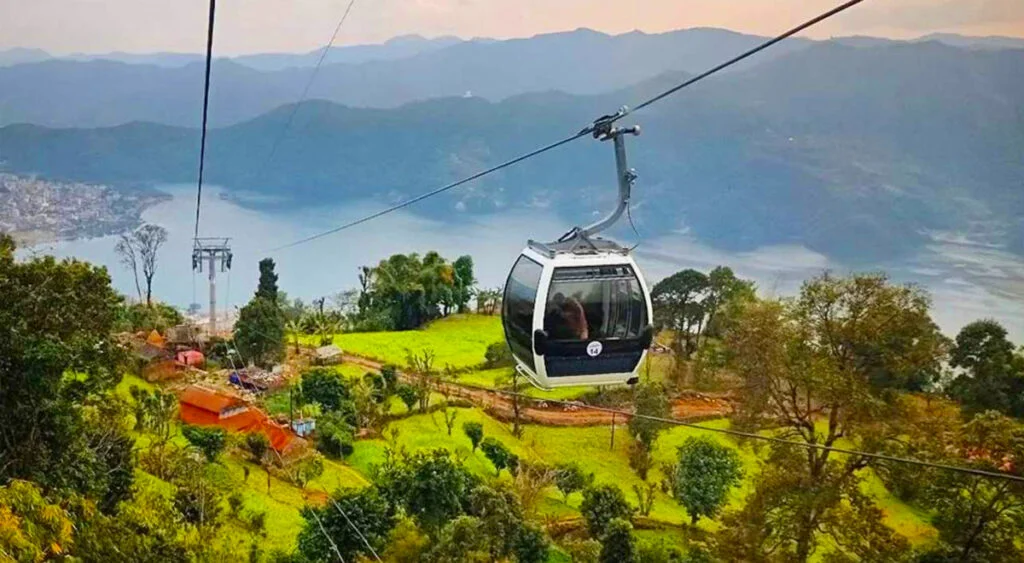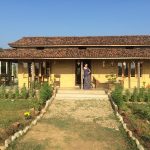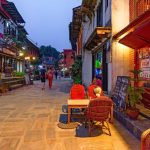Now Reading: Native Traditional Liqueurs from Nepal: A Warm Sip into Culture, Craft, and Community
-
01
Native Traditional Liqueurs from Nepal: A Warm Sip into Culture, Craft, and Community
Native Traditional Liqueurs from Nepal: A Warm Sip into Culture, Craft, and Community
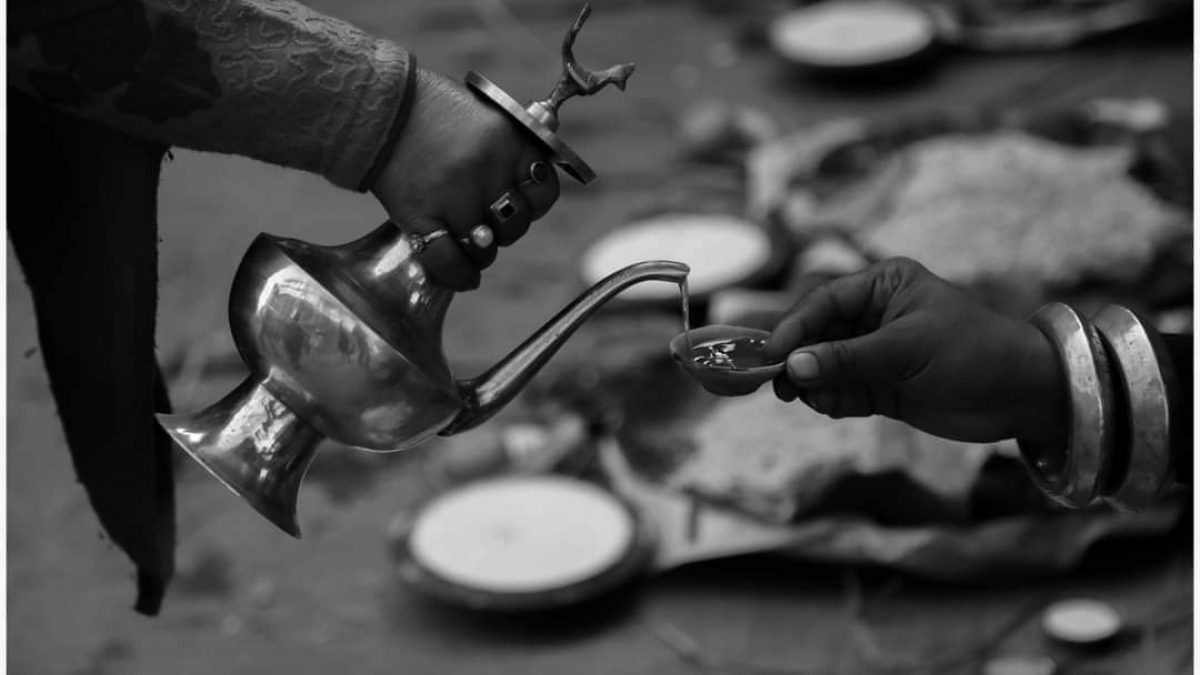
If you want to understand Nepal beyond its mountains and monasteries, raise a cup. Across the country’s valleys and hills, families still make small-batch drinks that carry memory, ritual, and hospitality in every warm sip. These are not industrial spirits; they are living traditions, brewed for harvests and weddings, offered to deities at festivals, and shared with guests as a sign of friendship.
Here’s a warm and personal look at Nepal’s native liqueurs and fermented drinks — what they are, how they’re made, where they come from, and how to enjoy them respectfully.
What Makes Nepali Drinks Special?
Nepal’s traditional drinks are deeply rooted in the land and its people. Millet, rice, barley, and maize are the main ingredients, while the yeast comes from hand-prepared starter cakes made using age-old methods. Fermentation often happens in family kitchens using clay jars or wooden barrels. Many drinks are enjoyed warm to chase away the mountain chill, and most are served with snacks like smoked meat, spicy potatoes, or lentil fritters.
Just as important as the taste is the atmosphere — laughter around the fire, blessings from elders, and a shared sense of belonging.
Aila (Ayla): The Newar Spirit of the Valley
Aila is the pride of the Newar community in the Kathmandu Valley. This clear, aromatic spirit is distilled from fermented rice or millet and has a smooth, warming character. Traditionally poured from a clay vessel into small metal bowls, it plays a central role during festivals like Mha Puja and is offered to gods before being enjoyed.
A good aila is clean and slightly sweet, and it pairs perfectly with Newari dishes such as chhoila (spiced grilled meat), wo (lentil patties), and samay baji (a festive platter). If you’re invited to a Newari feast, accept the aila with your right hand and a smile — it’s a beautiful symbol of welcome and respect.
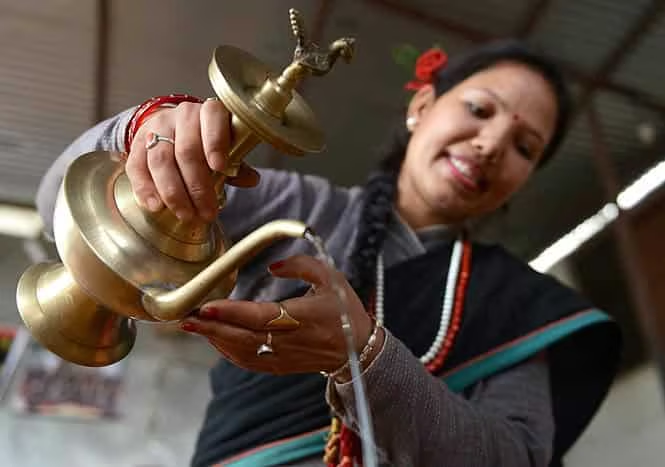
Raksi: The Hills in a Glass
Raksi is perhaps the most well-known traditional spirit across Nepal’s hills and villages. Made from grains like millet, rice, or barley, it’s distilled at home in small batches and varies in flavour from region to region. Some versions are soft and floral, while others are stronger and more earthy.
Raksi is usually sipped neat or slightly warmed and is often served at weddings, festivals, and family gatherings. It goes well with fried goat meat, spicy pickles, and crispy fried potatoes. For many, raksi is more than a drink — it’s part of the rhythm of rural life.
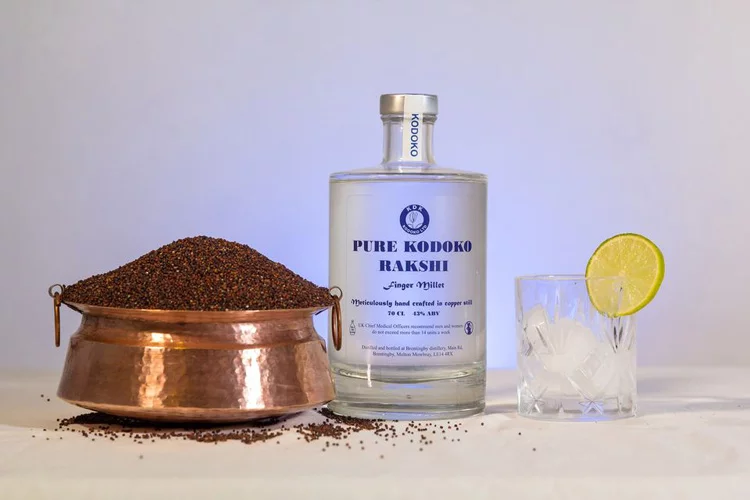
Jand and Chhyang: Rustic, Cloudy, and Comforting
Before distillation comes fermentation, and that’s where jand and chhyang take the spotlight. Jand is a thick, slightly sour homemade beer made from rice, millet, or barley. It’s a common household beverage, especially in rural areas, and has a comforting, almost porridge-like texture.
When the liquid part of jand is strained and collected, it becomes chhyang, a cloudy, slightly fizzy rice beer. It’s popular among Newar, Tamang, and Sherpa communities, and is often enjoyed during feasts and community gatherings. On a chilly day in the hills, a warm bowl of chhyang can feel like a hug in liquid form.
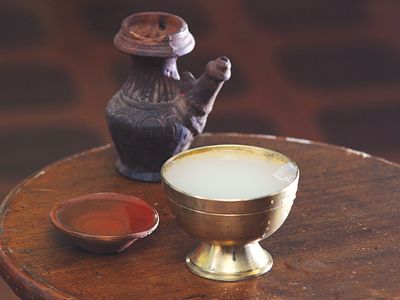
Tongba: The Slow Sip of the Eastern Hills
If you travel to Nepal’s eastern regions, especially among the Limbu and Rai communities, you’ll encounter tongba, a drink as unique as the culture it comes from. Tongba is made from fermented millet served in a large wooden mug. You pour hot water over the grains and sip the brew through a bamboo straw.
It’s not a one-time drink — when the liquid finishes, more hot water is added, and the same grains can be reused several times. Tongba is a drink meant to be shared slowly, encouraging long conversations and laughter around the fire. It’s the perfect companion on a cold evening in the mountains.
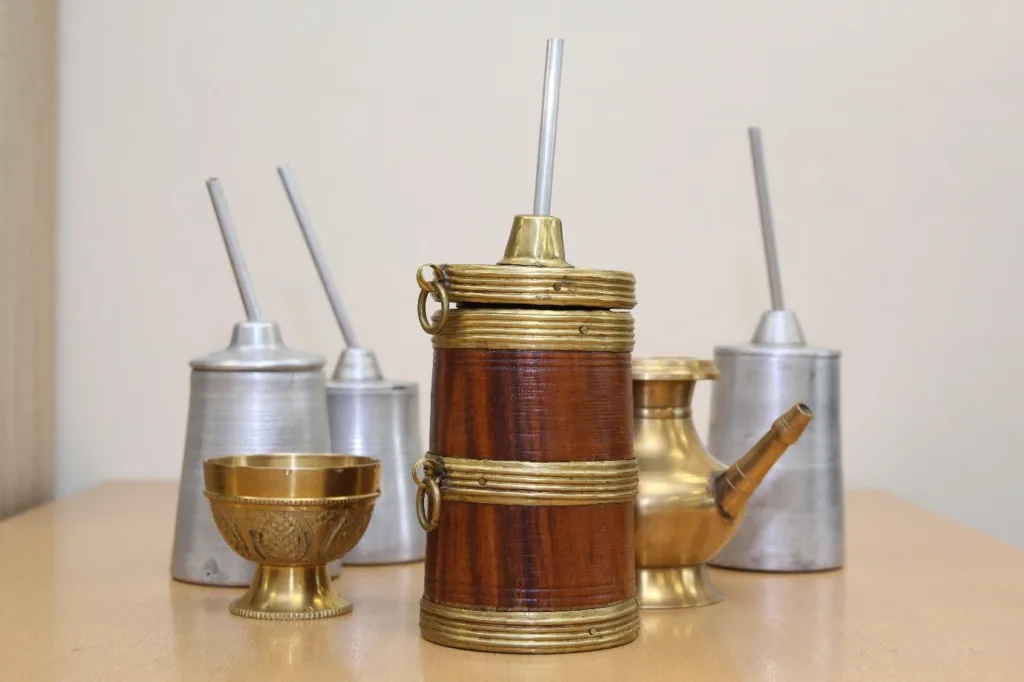
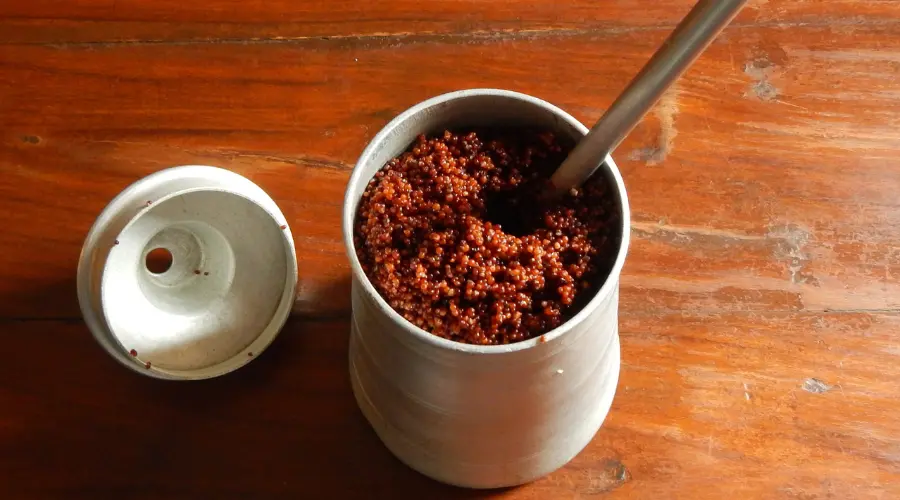
Marpha’s Apple Brandy: Mustang’s Mountain Treasure
In the mountain village of Marpha in Mustang, apple trees line the trails, and the locals have turned their harvest into something special — apple brandy. This fragrant, smooth spirit has become a regional treasure, loved by trekkers and locals alike.
Marpha’s apple brandy has a crisp sweetness that reflects the purity of the region’s air and water. It’s best enjoyed after dinner, preferably while gazing at the snowy peaks outside your lodge window.
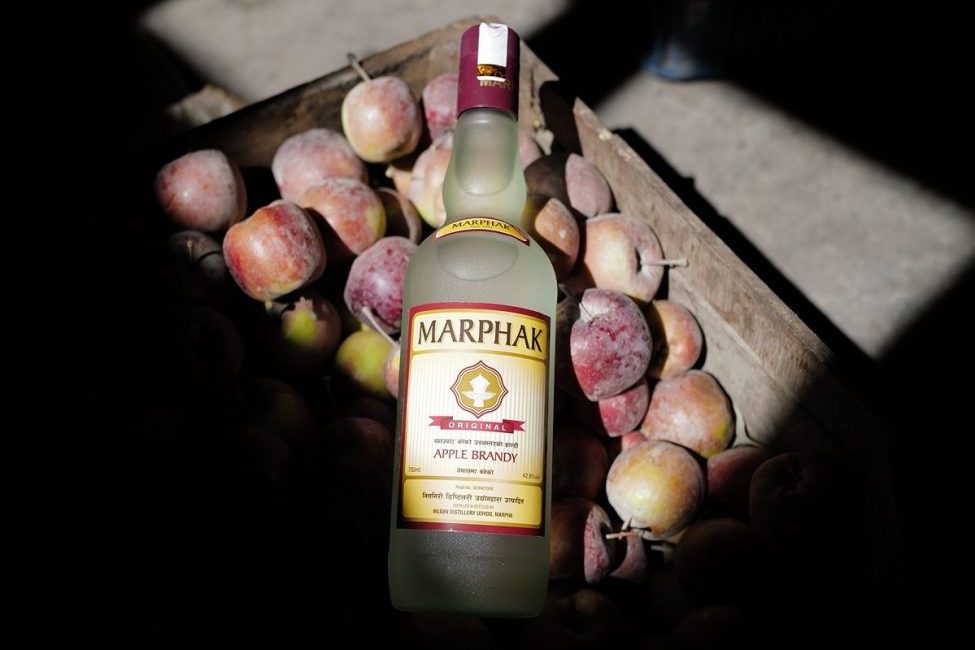
How These Drinks Are Made
The basic process behind Nepal’s native drinks is simple but beautifully traditional:
- Preparing the starter (marcha or mana): Families use a special yeast cake made from wild herbs and rice flour to start fermentation.
- Cooking the grains: Rice, millet, barley, or maize are steamed and cooled.
- Mixing: The starter is mixed into the grain to begin fermentation.
- Fermentation: The mixture is kept warm in a clay or metal vessel for several days.
- Serving or distilling:
- For jand, chhyang, and tongba, the fermented grains are mixed with warm water and served.
- For aila and raksi, the fermented mash is distilled to produce a clear spirit.
Each household has its own secrets, and even small changes in temperature, ingredients, or water can create entirely different flavours.
Festivals, Rituals, and Respect
Traditional drinks are at the heart of Nepali celebrations. During Dashain and Tihar, families offer these drinks to gods and elders as part of blessings. At Indra Jatra and other Newari festivals, aila is poured with ceremonial precision, marking the start of communal feasting.
In many places, the first drop of alcohol is sprinkled on the ground as an offering to ancestors or the earth itself. As a guest, it’s polite to accept a small sip when offered. If you don’t drink, you can respectfully decline or ask for a non-alcoholic option — hospitality in Nepal is always understanding.
What to Eat with Nepali Drinks
- Aila goes perfectly with chhoila, bara, or fried offal (bhutan).
- Raksi matches wonderfully with sukuti (dried meat) and spicy pickles.
- Chhyang complements momos, aloo achar, or lentil fritters.
- Tongba is ideal with thukpa, fried eggs, or gundruk soup.
- Apple brandy pairs nicely with dried fruits or a slice of apple pie on a trek.
Where to Try Them
- Kathmandu Valley: Try Newari eateries in Bhaktapur, Patan, and Kathmandu for authentic aila and chhyang.
- Eastern Nepal: Visit Ilam, Panchthar, or Taplejung to experience tongba in its original setting.
- Mustang (Marpha and Jomsom): Local cooperatives and lodges serve apple brandy made right in the village.
- Tamang and Sherpa regions: You’ll often find chhyang served during community feasts and festivals.
Always ask your host politely — some drinks are meant for rituals or family occasions and might not be served casually.
Drink Smart, Stay Safe
Since most traditional liquors are homemade, quality and strength can vary. Stick to places recommended by locals, and never drink something that smells or tastes unpleasant. Remember, aila and raksi are much stronger than they appear, and even tongba’s mild sweetness can sneak up on you after a few refills.
Drink responsibly, eat plenty, and know your limit. If you don’t consume alcohol, Nepali hospitality will always have other options like butter tea, milk tea, or fruit juice.
A Living Heritage Worth Preserving
Nepal’s native drinks are more than alcohol — they’re cultural stories passed down through generations. Each recipe reflects a family’s knowledge, regional ingredients, and the spirit of togetherness. Supporting these traditions helps preserve local agriculture and craftsmanship.
When you taste these drinks, you’re not just enjoying a flavour; you’re experiencing centuries of heritage and connection.
Final Thoughts
Nepal’s traditional liqueurs are not just beverages but symbols of identity, friendship, and gratitude. Whether you’re sipping aila at a Newari feast, sharing tongba by the fire, or tasting Marpha’s apple brandy after a trek, each drink carries a story.
Take your time to savour it. Ask about the process, listen to the tales behind the cup, and raise your glass — not just to taste, but to connect. In Nepal, the best drinks are not about getting drunk, but about feeling at home.
Cheers — or as locals say, dherai dherai dhanyabad — to Nepal’s living tradition of warmth and spirit.

